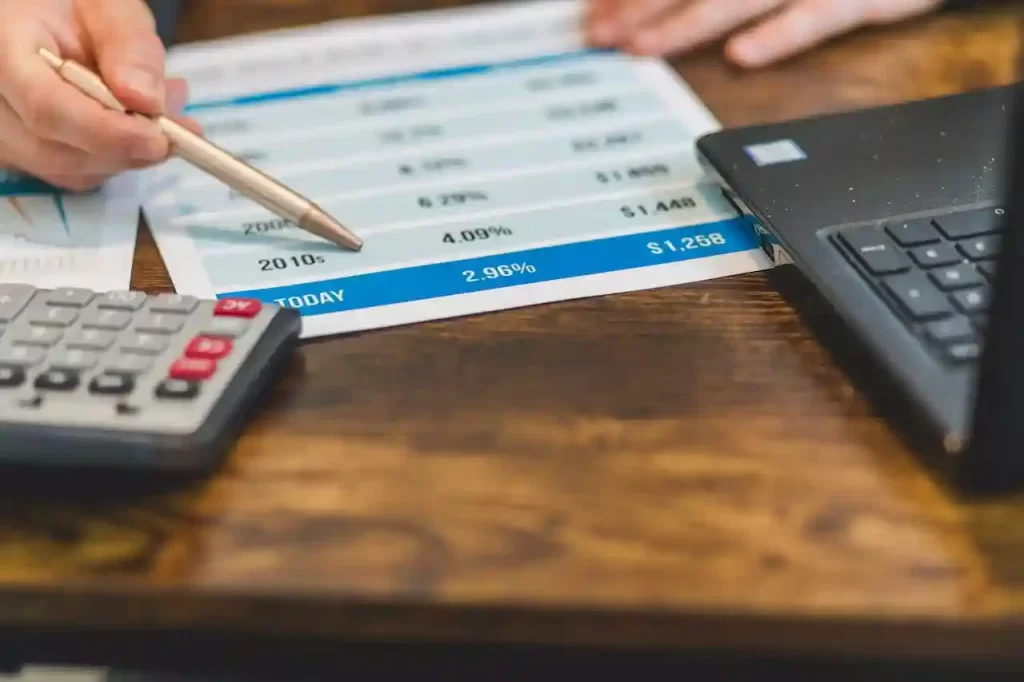Commodity trading is the practice of buying and selling raw materials or primary products such as oil, gold, or wheat. It is a complex process that involves a wide range of stakeholders, including producers, suppliers, traders, and investors.
Commodities are important because they are essential to the global economy. They are used to manufacture goods, produce energy, and feed people. For this reason, commodity trading plays a crucial role in determining the prices of goods and services.
Understanding commodity trading is particularly important for investors. Commodities can provide a diversification opportunity to their portfolios, which can help to reduce risk and increase returns. By investing in commodities, investors can also benefit from price movements in these markets, which are often driven by different factors than traditional financial instruments.
The history of commodity trading dates back to ancient civilizations, where farmers would trade their crops with other farmers for different goods or services. Over time, commodity trading became more sophisticated, and new financial instruments were created to manage risks and facilitate trade. Today, commodity trading is a global industry that is constantly evolving and adapting to changing economic conditions and market dynamics.
What are Commodities?
Commodities are raw materials or primary products that are traded on the market. They are typically homogeneous goods that are interchangeable with other goods of the same type.
There are many different types of commodities, including agricultural products like wheat, corn, and soybeans; energy products like crude oil and natural gas; and metals like gold, silver, and copper. Other examples of commodities include livestock, timber, and industrial metals.
Commodities are important for the global economy because they are used in the production of goods and services. For example, agricultural commodities like corn and soybeans are used to make food products, while energy commodities like oil and natural gas are used to generate electricity and fuel transportation. Metals are used in a wide variety of industries, from construction to electronics.
The prices of commodities are also closely watched by investors and traders, as they can provide insight into the health of the global economy. For example, rising prices for industrial metals may indicate increased demand for construction and manufacturing, while falling prices for agricultural commodities may suggest oversupply or weak demand. As such, commodities are an important barometer for the health of the global economy.
How Commodity Trading Works
Commodity trading is a complex process that involves multiple stakeholders, including producers, suppliers, traders, and investors. At its core, commodity trading involves buying and selling raw materials or primary products with the goal of making a profit.
One of the most common ways to trade commodities is through futures contracts. These contracts allow buyers and sellers to agree to a specific price and delivery date for a particular commodity. Futures contracts are traded on exchanges, which provide a centralized marketplace for buyers and sellers to meet and transact.
In addition to producers and suppliers who use futures contracts to hedge against price fluctuations, commodity markets are also influenced by speculators who bet on price movements in order to make a profit. Speculators may take either long or short positions, depending on their view of the market.
The prices of commodities are largely driven by supply and demand. When demand for a particular commodity increases, prices tend to rise, while oversupply can cause prices to fall. The impact of supply and demand is often complicated by other factors, such as geopolitical events, weather patterns, and changes in global economic conditions.
Overall, commodity trading is an important part of the global economy, providing a mechanism for producers and suppliers to manage their risks and for investors to gain exposure to these important markets.
Factors That Affect Commodity Prices
Commodity prices are affected by a wide range of factors, including both internal and external factors. These factors can be broadly categorized into two main types: supply-side factors and demand-side factors.
Supply-side factors include natural phenomena such as weather and climate conditions, as well as man-made events such as political and economic policies that affect production and supply chains. For example, natural disasters like hurricanes, floods, and droughts can have a significant impact on agricultural commodities such as wheat and corn, while geopolitical events such as wars, trade sanctions, and embargoes can disrupt the supply of oil and other energy commodities.
Demand-side factors include changes in global economic conditions, consumer preferences, and technological advances. For example, a rise in global economic growth can lead to an increase in demand for commodities such as copper and iron ore, while advancements in renewable energy technologies can reduce demand for traditional energy commodities like coal and oil.
Past examples of how these factors have affected commodity prices include the 2008 financial crisis, which led to a sharp decline in demand for many commodities, as well as the 2011 Fukushima nuclear disaster, which led to a significant increase in demand for natural gas as a replacement for nuclear energy. Understanding these factors is important for investors and traders who are looking to make informed decisions about their commodity investments.
Risks and Benefits of Commodity Trading
Commodity trading offers a range of potential benefits and risks for investors. On the one hand, commodities can provide diversification benefits to a portfolio, as they tend to have low correlations with traditional asset classes like stocks and bonds. They can also offer protection against inflation, as the prices of many commodities tend to rise in response to increases in inflation.
However, commodity trading also comes with a range of risks, including price volatility, political risk, and liquidity risk. In addition, commodities are subject to supply and demand shocks, which can cause sudden price swings that are difficult to predict.
To manage these risks, investors can employ a range of strategies, such as diversification across different commodities, hedging through futures contracts, and careful monitoring of global economic and geopolitical conditions. It is also important to have a clear understanding of the unique risks associated with each commodity and to have a well-defined investment strategy in place.
Successful commodity trading requires careful research and analysis, as well as a disciplined approach to risk management. Traders should be aware of the potential risks and rewards of commodity trading, and should be prepared to adapt their strategies in response to changing market conditions. With a thoughtful and disciplined approach, commodity trading can offer attractive returns and diversification benefits for investors.
Conclusion
In this guide, we have provided an introduction to commodity trading, explaining what it is, why it is important, and how it works. We have covered the various types of commodities, the factors that affect commodity prices, and the risks and benefits of investing in commodities.
It is important to understand commodity trading because it is a significant part of the global economy, providing a mechanism for producers and suppliers to manage their risks and for investors to gain exposure to these important markets. Commodity prices can have a significant impact on the prices of other assets, including stocks, bonds, and currencies.
While commodity trading can be complex and risky, it also offers potential rewards for those who are willing to do their research and approach the market with a disciplined and well-defined strategy. By diversifying their portfolios and carefully managing their risks, investors can use commodity trading to enhance their returns and protect against inflation.
We encourage readers to continue learning about commodity trading and exploring the opportunities that this market offers. With a thoughtful and disciplined approach, commodity trading can be a valuable addition to any investment portfolio.





